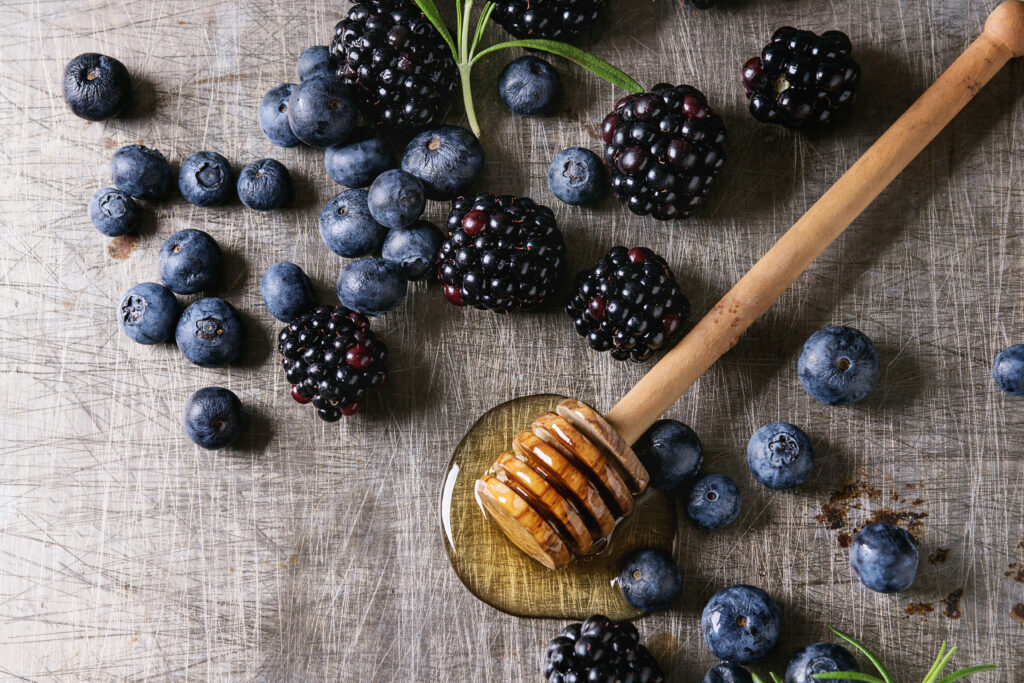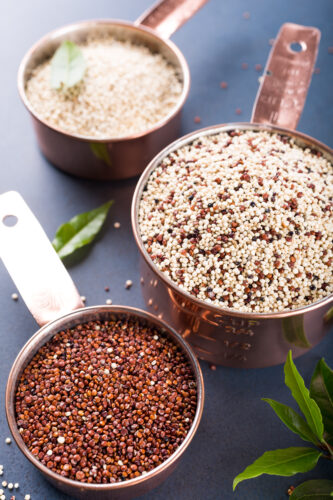
What Even Are Superfoods?
The term ‘superfoods’ has gained considerable popularity, yet it often carries an ambiguous meaning. It is frequently used in informal marketing and media coverage, which is increasing consumers’ interest in and consumption of these foods. Let’s clarify the health versus hype messages surrounding superfoods.
Generally, a ‘superfood’ refers to food items rich in multiple essential nutrients such as antioxidants, minerals, and vitamins that support overall human health. However, it’s important to note that there is no scientific definition or regulatory definition by the Food and Drug Administration (FDA) that formally categorizes these foods. Unlike organic foods, which must meet regulatory standards and pass inspection to earn the organic label, superfoods lack similar guidelines.
The good news is that many ‘superfoods’ are common and affordable grocery items, none of which usually include the term ‘superfood’ on the label. We can fully capitalize on their advantages by incorporating these nutritional powerhouses into our daily diets.
Superfood Examples in The Dining Commons
Honey
Honey is high in antioxidants, which protect against cancer and other diseases. Honey also contains small amounts of amino acids, vitamins, minerals, iron, and zinc.
Honey can be found in all of the Dining Commons. Try adding honey to pancakes, yogurt, or in a cup of coffee or tea.

Quinoa
Quinoa is a complete protein, which means it contains all the essential amino acids. Quinoa is also high in anti-inflammatory phytonutrients, essential fatty acids, dietary fiber, and carbohydrates, with beneficial hypoglycemic effects.
At Bolton, the Santa Fe Quinoa Salad is a popular choice. You can also enjoy Spiced Quinoa Pilaf and Quinoa with Roasted Veggies & Feta at O-house. If you’re headed to Snelling, try the Quinoa Breakfast Cereal or Quinoa and Black Beans available at The Bowl.
Salmon
Salmon contains omega-3 fatty acids. These fatty acids are necessary for the structure and function of brain cells, promoting better memory and focus, reducing inflammation in the brain, and improving mental clarity.
Salmon is on rotation in all the Dining Commons and is available weekly at The Bowl in Snelling. Bolton and O-House also offer Salmon Cakes with Basil Sauce on select days.
Blueberries
Blueberries provide high levels of flavonoids, which have a range of health benefits, including antioxidant, anti-inflammatory, and anti-cancer properties. They also lower the risk of heart attacks.
Blueberries are at the Yogurt Bar at Snelling. They are also served during breakfast at Bolton and the Fruit Bar at O-house on rotation. The Mixed Berry Mint Salad contains blueberries and can be found at Snelling and Bolton
Yogurt
Yogurt (and kefir) provides calcium, vitamin D, and protein. It also contains probiotics, which are good bacteria that support gut health. Probiotics are the beneficial bacteria that promote and maintain gut health. These are associated with cancer prevention and immune system stimulation.
Yogurt can be found all day in all the Dining Commons.
Kale
Kale is high in vitamins and nutrients such as folate, riboflavin, and vitamin K. In addition, compared to other leafy greens, the calcium in kale is highly bioavailable, so it is also considered a good source of calcium.
Bolton offers Kale Super Salad Blend upstairs at Buon Appetito and Kale Salad with Apples, Garbanzos, & Maple Vinaigrette. Baked Macaroni and Kale is a side option at The Bowl at Snelling.
Get Smart About Superfoods
While superfoods can supply various health benefits, they are best on a well-balanced plate! Focusing solely on eating superfoods will not prevent ill health or disease. Try incorporating more ‘superfoods’ into your daily diet to tap into the superhero powers of these nutrient-packed foods. Especially during cold and flu season, including more of these superfoods into your meals and snacks will do your body good. Try a few out the next time you have a meal in one of the dining commons!
References:
Kirsch F, Lohmann M, and Böl G. 2022. The public’s understanding of superfoods. Sustainability 14(7):3916.
Liu H, Meng-Lewis Y, Ibrahim F, Zhu X. 2021. Superfoods, super healthy: myth or reality? Examining consumers’ repurchase and WOM intention regarding superfoods: a theory of consumption values perspective. J. Bus. Res 137:69-88.
Proestos C. 2018. Superfoods: Recent data on their role in the prevention of diseases. Curr. Res. Nutr. Food Sci. 06(3):576-593.
Šamec D, Urlić B, Salopek-Sondi B. Kale (Brassica oleracea var. acephala) as a superfood: Review of the scientific evidence behind the statement. Crit Rev Food Sci Nutr. 2019;59(15):2411-2422. doi: 10.1080/10408398.2018.1454400. Epub 2018 Apr 24. PMID: 29557674.

